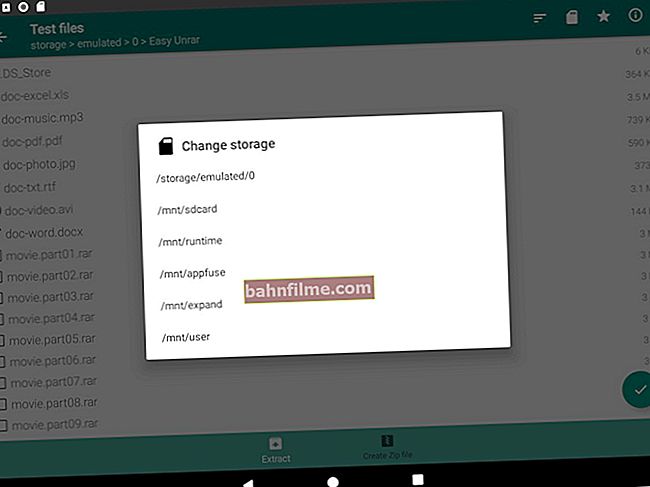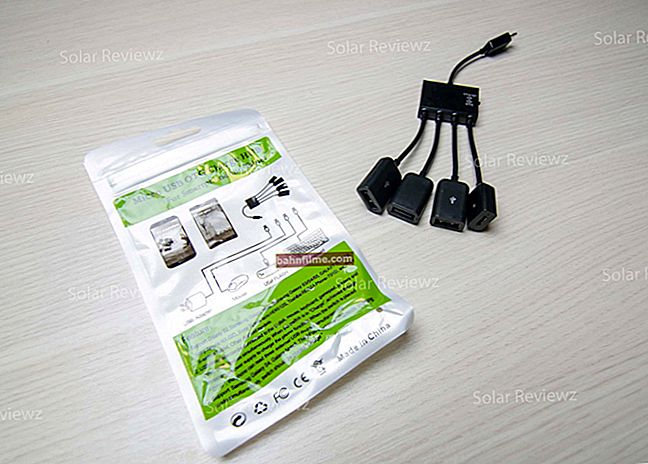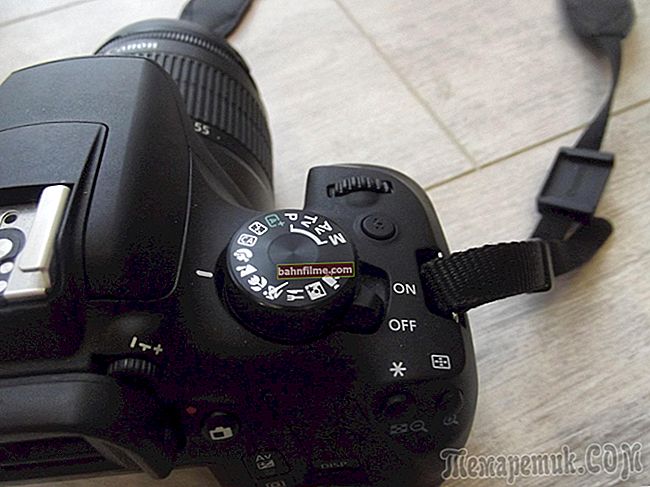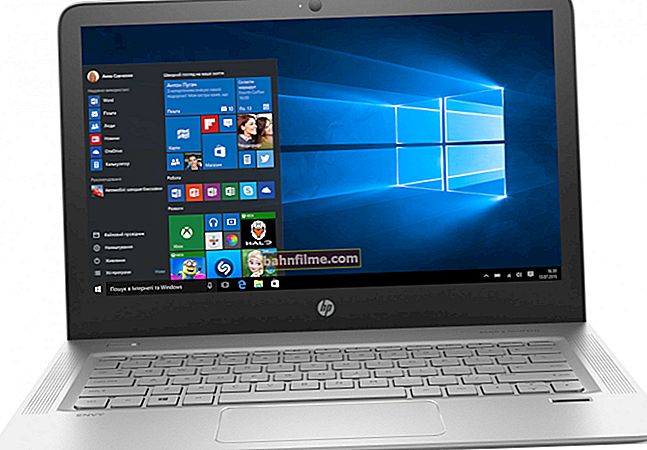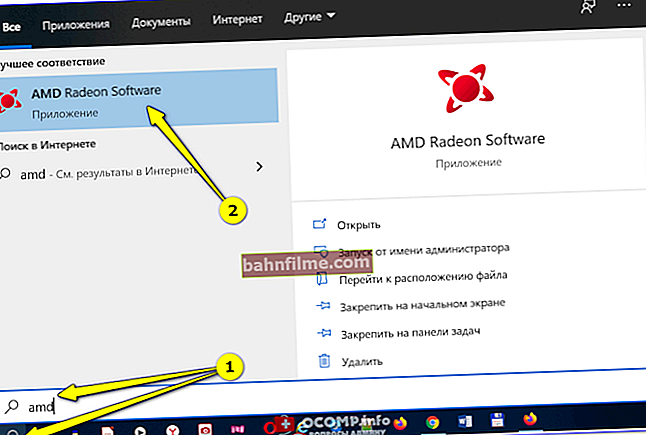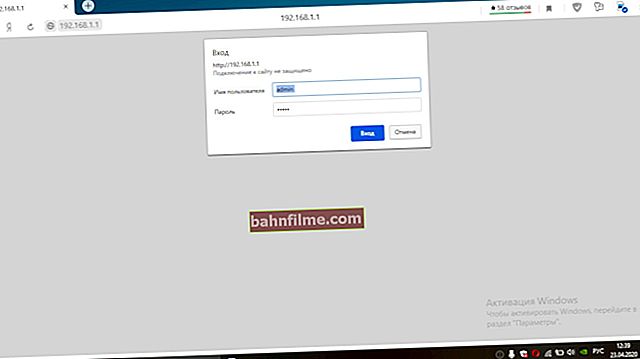
User question
Hello.
I only have 4GB of memory on my laptop. When you open a dozen tabs in the browser, the latter stop loading, errors appear.
I can see from the task manager that the memory is 90% occupied! I decided to buy more memory, but I don't know which one I have - either DDR3 or DDR4 (the point is that the documents for the laptop contain DDR3, and the much-praised Everest utility shows DDR4).
Maybe I'm not looking there ?! In general, it makes a big difference, if I buy the wrong one, will it work?
How do I buy a memory stick for my laptop so that it fits exactly?
Good day!
In general, usually the information should be the same: both in the documents and in what the utilities for determining the characteristics of hardware show (Everest, for example).
The issue of upgrading a laptop is quite popular (especially since there is never a lot of memory), but there are several pitfalls here. How to determine which memory is currently installed (DDR3 or DDR4), and which one can be purchased - and there will be today's article ...
*
Selecting and installing a memory stick: basic questions
Determine the type of memory that the laptop supports
Perhaps this is the first thing to start with. The most popular today are DDR3 and DDR4 memory dies (however, DDR2 is also available on sale). I note right away that you cannot install DDR4 instead of DDR3 (as well as vice versa)! I will even say more, tk. DDR3 can be of several types (depending on the voltage) - then they should not be confused with each other (but more on that below)!
There are several ways you can find out what memory your laptop supports. I recommend you follow them all step by step so you know for sure!
1) View visually
Most laptops have a small protective cover that allows you to quickly access RAM, disk, etc. This is the most informative way to see how many memory slots there are, which one is already installed (and after finding out which one is already working, buy another similar bar).
As an example, what the bar looks like, and what is the designation on it - see the photo below.

What a 4GB DDR3L 1600 SODIMM memory strip looks like
I will decipher the key parameters:
- 4GB is the amount of memory (in principle, the more the better). However, do not forget that your laptop supports a certain maximum amount of memory! For example, the maximum size may be limited to 16 GB!
- DDR3L is a type of memory. I draw your attention to the fact that the letter "L" at the end is not by chance! It determines the voltage of the memory (1.35V). In general, DDR3 is now the most popular and the following types can be found: DDR3 (classic, 1.5V), DDR3L (1.35V), DDR3U (1.25V), LPDDR3 (1.2V. The most popular in tablets and smartphones, in small It consumes only a tenth of the energy of the active state at rest).
- 1600 - memory frequency. Please note that mat. the board and processor can only support bars of a certain frequency!
- SODIMM is the size of the memory module (this designation indicates that the memory is small, just for laptops).
By the way, there is some confusion about memory frequency. Some bars indicate its name, say "PC3-12800", at some bus frequencies of 800 MHz, while others simply write DDR3 1600 (as in my example above).

DDR3 memory frequency
2) In the utilities AIDA64, Spec, etc.
The AIDA64 utility is good in that it helps you quickly get the most information about your hardware (be it a laptop or PC). As for what memory the laptop supports, you should open the section "Motherboard / Chipset / Northbridge" ... You need to look at two lines:
- supported memory type (it is advisable to choose the most productive option, in my example, it is DDR4-2133);
- the maximum amount of memory is 32 GB in the example below.
Addition! The best utilities for viewing the characteristics of your hardware: //ocomp.info/harakteristiki-kompyutera.html

AIDA64 - supported memory type (clickable)
3) On the manufacturer's website
Knowing the model of your laptop (as well as the processor and motherboard) - on the manufacturer's website you can see what memory the device supports. I draw your attention to the fact that you need to watch it on the manufacturer's website (on sites selling equipment, there may be not entirely accurate information).
Help: how to find out the exact model of a laptop - //ocomp.info/kak-uznat-model-noutbuka.html
*
Checking memory slots: considering possible options
As advised above, first of all, you need to find out how many memory slots you have in your laptop (otherwise there is a risk of buying memory and wasting money).
This can only be done visually by disassembling (removing the protective cover) the laptop. Because various utilities can show the presence of a slot, but physically it may simply not be there (instead of a slot, on the motherboard there can only be a place for it, i.e. in fact, no one unsoldered and installed it on the board).
3 options are most likely:
- 2 slots: of which one slot can be occupied, or both. If one is busy, then you can simply buy a bar for the second. If both are busy, then there are two options: either change one plate for a larger volume, or change both (decide for yourself).
- 1 slot: it can be occupied by the current memory strip, or it can be free (if the used strip is soldered on the motherboard);
- no slots: some modern laptops can go without slots at all, all the memory is already wired to the mat. board. In this case, alas, it is impossible to add memory (at least without a service, perhaps in some models it can be re-soldered ... (but I would not recommend it)).

Two slots for RAM (HP Pro Book G4)
And now I will analyze the most popular questions regarding RAM.
If I already have a memory stick, should I buy the same one, or is it possible to have a larger volume and a higher frequency?
Plates can be of different sizes, i.e. one for 4 GB, another for 8 GB - everything should work.
What about the frequency: first, it must be supported by mate. board and processor; secondly, if you have 2 bars with different frequencies, the laptop will operate at the same frequency with both bars (at least, see the example below).
Can I use memory sticks with different frequencies?
It is possible, if both frequencies are supported by your equipment.
For example, if you have DDR4-2133 installed, and you buy DDR4-2400 in addition, then both bars will work at the lowest frequency (i.e. at 2133). If you want to use the frequency 2400, you will need to remove the bar with the frequency 2133.
But in general, if you use 2 or more strips, I would advise you to use memory with the same frequency.
Is it possible to use a memory bar with a frequency higher than recommended for mat. board / processor?
I would not recommend doing this. For example, if your laptop supports DDR4-2133 memory, then it is highly undesirable to install DDR4-2400. Different devices can behave differently:
- in the best case, the memory will operate at a frequency of 2133;
- at worst, the laptop simply won't recognize it and won't turn on. Or get extremely unstable system work, with frequent reboots and freezes.
Can DDR4 memory be used instead of DDR3, or DDR3 memory instead of DDR3L?
DDR4 cannot be used instead of DDR3 or DDR2, and you simply cannot insert it into the slot due to the difference in keys (exactly as well as vice versa).
As for DDR3 and DDR3L, in most cases a laptop should work with both this and that bracket. However, I note that some devices only support a specific type of memory. Therefore, I would still recommend sticking to a specific type and not experimenting ...
*
Buying and installing memory
Before buying memory, you should know a few parameters (just in case, let me remind you):
- memory type (DDR3, DDR3L, DDR4, etc.). Do not confuse the voltage, as not all laptops support, for example, both DDR3 and DDR3L;
- the maximum amount supported by your laptop (i.e., perhaps it makes no sense for you to expand the memory, sincethe laptop just won't see it anymore);
- bus frequency;
- is there a free slot on the laptop (or do you want to replace the current memory stick). Note that not all laptops can change memory: there are devices where memory is simply soldered on the board and adding (or changing it) is simply impossible!
- the amount of memory, manufacturer, etc. characteristics - I leave without consideration. In principle, memory is given 3-5 years warranty, and problems, as a rule, do not arise with any of the well-known manufacturers.
In general, knowing all these characteristics, you can easily pick up a die for yourself.
I will add!
 For those who want to save on hardware, sometimes look for offers in Chinese online stores. If you run into a sale, and even use cashback, the same soldering can be obtained 3-4 times cheaper than when buying it in a regular computer store.
For those who want to save on hardware, sometimes look for offers in Chinese online stores. If you run into a sale, and even use cashback, the same soldering can be obtained 3-4 times cheaper than when buying it in a regular computer store.
For information on which Chinese stores to watch and how to use cashback, see here: //ocomp.info/kitayskie-internet-magazinyi.html
What about installation ...
If your laptop is under warranty, then disassembly and self-installation of the memory bar may be the reason for the refusal of warranty service.
I also recommend watching a video of the disassembly of the exact same laptop model before installing the RAM in the device yourself (for many popular models, similar videos are present on youtube.com ).
Sample steps in order ...
1) First, turn off the laptop completely, disconnect all devices from it: headphones, mouse, charging cable, etc.
2) Turn the device over and take out the battery (if you have it removed. Recently, more and more manufacturers build the battery into the device itself).

We take out the battery
Paying attention!
That before replacing or adding memory, disk, etc., some laptops (which have covers for quick access to memory, disk, but the battery is hidden inside the device) must be put into battery saving mode.
For example, HP Pro Book G4 (in the example below) you need to turn off, connect the power adapter, and press Win + Backspace + Power at the same time, and then disconnect the power adapter. After the performed operation, the laptop will not start until the power adapter is connected, and you can safely upgrade the components.
It is recommended to clarify this point in the instructions for your equipment!
3) Then you can remove the protective cover for quick access to the laptop components (or completely disassemble the device).
Please note that in addition to screws along the contour of the device (1), there may be screws under the rubber feet and stickers (2).

Remove the cover - fastening screws
4) When you remove the cover, take out the battery first (if the battery is inside the device). It is usually secured with several screws.

Removing the battery
5) Then you can insert a memory stick into the slot. I draw your attention to the fact that the plate is inserted at a certain angle (30-45 degrees) easily and freely, then you simply press on it (pressing it down to the board) and wait for a light click of the mounting "antennae".

Installing a RAM strip in the slot
6) After that, you can assemble the device in the reverse order and check if the memory is detected (AIDA64 to help). I think if you have chosen the right bar and everything is in order with it, no problems should arise ...
*
All the best!

